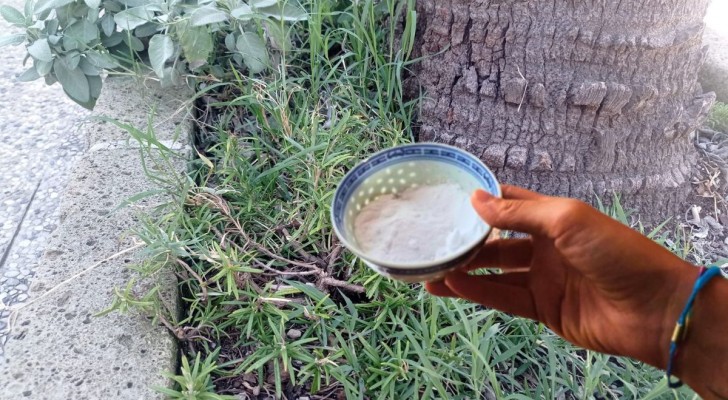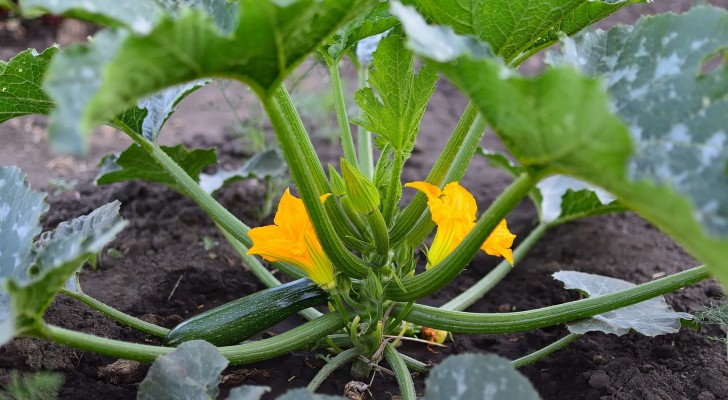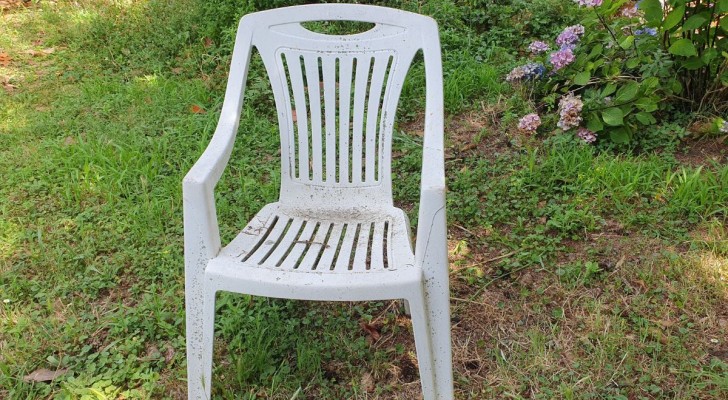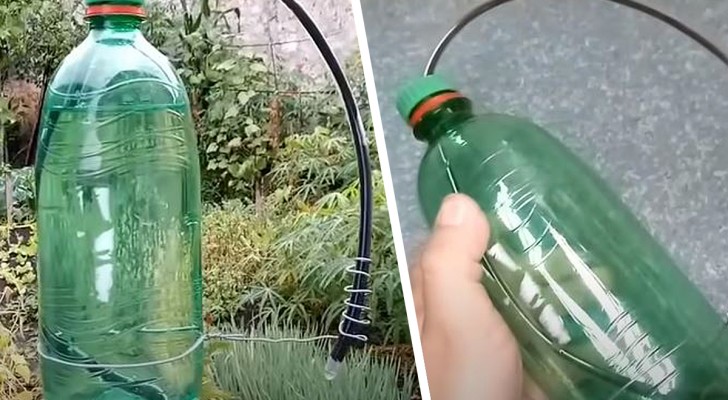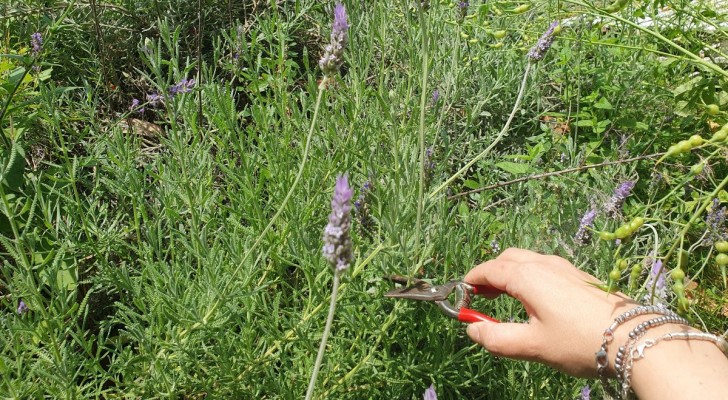Lavender: all the tips to grow this fragrant and bee-friendly plant
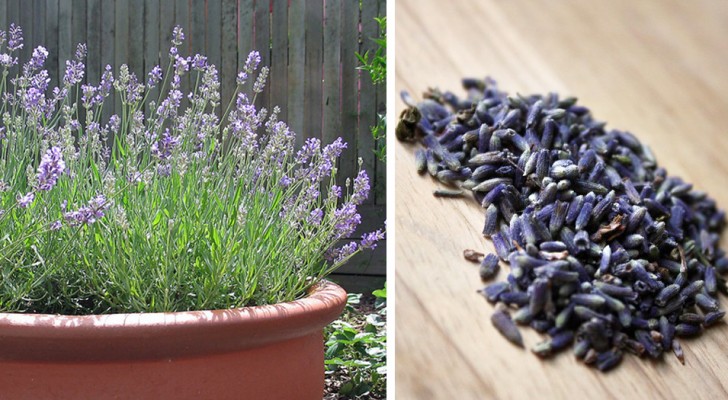
Lavender is a perennial shrub with an intoxicating scent, typical of the Mediterranean but widespread and cultivated in many parts of the world. With its flowers you can perfume the house, decorate, and even cook. The aroma has excellent calming and relaxing properties, and the essential oil extracted from this plant is attributed with anti-inflammatory, antimicrobial and sedative activities.
In warmer regions, the silver-grey foliage remains on the plant for the whole year, while elsewhere it only becomes luxuriant again with the arrival of summer, but in any case if the plant finds the right sunny spot and soil, it can also grow in very adverse conditions, and needs little treatment.
Having lavender plants in pots at home, on the balcony or better still in the flower beds of the garden or even in the vegetable garden not only enriches these spaces with an aesthetically splendid element with a very pleasant scent, but it is also an important gesture for the environment, given that it is one of the most popular plants for pollinating insects.
There are different types of lavender, but almost all of them become quite neat bushes with a maximum height that is around between 50 and 70 cm (some types can even reach a metre), and when they are placed in the right place they take possession of the ground filling the area with dense vegetation with silvery leaves, which are also as fragrant as the flowers.

Exposure and climate
Lavender loves heat so it must be placed in places where it can be reached by the sun for as many hours a day as possible. This plant can also withstand periods of drought, dry and arid summers and also loves windy areas. In cold areas, many varieties suffer from winter temperatures, and it is therefore necessary to place them in places where they are a little sheltered, or help them with mulch or suitable sheets. However, there are also varieties that are more capable of withstanding the cold, which makes this genus suitable for cultivation in many parts of the world, and not only in the Mediterranean basin.
So if you want to grow it in colder areas, make sure it is a resistant type, and then remember to mulch the soil by spreading evergreen branches or even straw around the collar of the lavender, so as to protect the plant from freezing winds and low temperatures. Another option is to grow it in very large pots, so that it can be sheltered in winter, when it will be placed near south-facing windows in order to receive as much light as possible.
Soil, fertilization and planting
Lavender can thrive in almost all types of soil, but prefers those that are a little poorer or at most only moderately fertile, and especially those that are calcareous. The important thing is that the soil is well dissolved, in order to ensure excellent drainage. In fact, if you think that, in nature, these plants also grow in the ravines between the stones, you will understand that a soil that is too rich and above all compact is not the ideal habitat. Therefore, if the soil in the house is compact or clayey, add sand and expanded clay (in the absence, even stones can be fine), so as to make the soil lighter and more draining. Avoid planting lavender in places where water stagnations form, which would lead to root rot.
At the time of planting, move the earth well by digging a hole larger than that occupied by the stick of earth around the roots of the purchased / cultivated plant, and if necessary add those organic materials that make it light, and do not fertilize immediately. If you are planting several specimens together, arrange them at least half a meter apart so that they can then grow without suffocating each other.
You can then proceed with the fertilization when the plant has taken possession of the soil (or the new pot), and to do so you can use compost or mature manure, in not excessive quantities, so as to avoid "burning" the plant.
The best time for planting young specimens is in spring, when the soil gradually warms up. However, it is also possible in autumn (within the first half), if the plant is already larger and more robust, so it will have a better chance of surviving the winter
If there is a risk of cold winters, you can choose to plant lavender in places where it is sheltered, such as near the entrance to the house or under adult rose bushes, which will protect the roots in winter.
Not many weeds grow among the lavender fronds, because the plant takes possession of its area in a vigorous way, but to avoid those few that make it, you can use a mulch of pebbles or gravel, without letting it get close to the collar.
Irrigation
Lavenders are not afraid of drought, which makes them very easy to grow. In fact, it is necessary to wet the earth only when it is completely dry, and without exaggerating. If it doesn't rain, in dry summers you will have to wet it once or twice a week, but in other periods you can reduce the interventions (especially in winter), without ever forgetting to check the soil. In spring and autumn, plants placed in the open ground generally need nothing more than seasonal rains.
Types of lavender
The most common species of lavender are:
- Lavender angustifolia: the most rustic, and also the tallest. It can in fact reach a meter in height. It has mauve flowers, which bloom in summer. The leaves, on the other hand, are of a light green / silver, with a thin and elongated shape. Some cultivars, such as Munstead, bloom as early as spring. Then there is the Alba variety, whose flowers are white, and is 30 cm high, perfect for borders or together with aromatic herbs.
- Toothed lavender: a semi-rustic species, which reaches a maximum height of 75 cm. It owes its name to the shape of the leaves, which have a serrated edge. The flowers bloom in summer, and the flowering period is one of the longest.
- Wool lavender: it also reaches 75 cm in height, resists up to -8 ° and has purple flowers. The leaves are small, velvety and silvery.
- Lavender stoechas: the bushes are between 40-50 cm tall, but exceptionally they can be larger and reach 120 cm in height with the flowers. They are the plants with the largest and most showy flowers, among the first to bloom already in spring. It is often called French lavender.
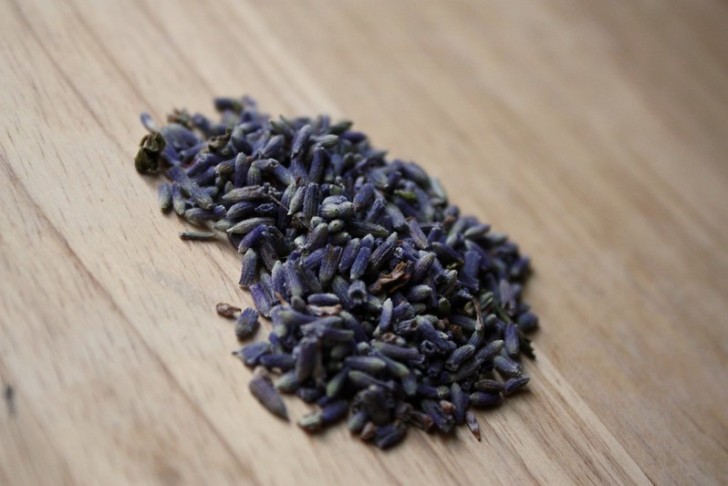
Pruning
Lavender does not require much care, but you cannot forget to prune it once a year, after it has finished flowering, usually between the end of August and the beginning of autumn, but it depends on each plant. .
To prune it you need to use well-sharpened and disinfected scissors, and you have to think about the shape of the bush, which must go back to being as compact and rounded as possible. So you have to cut the apical parts of all the branches, a few centimeters below the flowers, without ever going too close to the trunk: for each branch that you will shorten, be sure to cut the lignified part first, so as far as you can see the green and more tender branch. Cutting too low, in fact, you risk making the whole branch dry, and if you make a mistake with too many branches you end up losing the plant.
After leveling the buds, you can proceed to cut just a few twigs here and there a little lower, so as to thin out the stems and facilitate aeration. Branches that are growing in the wrong directions, outside the flower bed or against other plants, can also be cut at the base.
Pruning it often will prevent the plant from becoming too woody and scattered, as well as less thick.
Propagation
Lavender plants are propagated by cuttings, although it is also possible to sow them.
The latter option is not very simple, because it is necessary to ensure a series of stable conditions for germination, and the seeds germinate with difficulty. Those who want to try will have to place them in very low sowing trays, with a very light soil mixed with vermiculite. The seeds will be covered only by a thin layer of soil, and kept moist but not wet, at a constant temperature between 18°C and 21°C, preferably in a bright and covered place. There are those who keep them in the fridge for two months before sowing them in spring, so as to "simulate" winter. When the seedlings each have several leaves, they can be moved into jars. They will not grow a lot in the first year, but in a couple of more years you will have a flowering bush.
On the other hand, propagation by cuttings is much faster and easier, and is to be done during pruning, so as to transform all the branches cut into new plants. If you want to use longer branches, then choose the lateral ones, which are at least 10 cm long and have at least 5 leaves.
When you have taken the branch, remove the leaves at the bottom, leaving only on the last third, and put it in a jar that you have prepared as follows: a layer of expanded clay on the bottom and a rich soil mixed with sand or vermiculite. If you want to increase the chances that the sprig will take root, soak the tip at the bottom in a little water and then immediately pass it in a little powdered rooting hormone, and put everything in the jar.
The cuttings should be watered regularly. Generally, with the cuttings started at the end of summer and kept during the winter, there are small seedlings to repot or plant in the ground already in spring, often capable of producing some flowers, and the following year they will already be large enough to bloom. copiously.
Cultivation in pots
It is possible to grow these plants in pots, even indoors, but they must be ensured in a very sunny position. The pot must then be quite large, because lavenders grow quickly and the plant cannot be stressed with too many repotting.
The pots must be prepared with a layer of expanded clay at the bottom, and the soil must be basic, mixed with river sand. Also in this case the watering must take place when the soil is dry: then insert a finger in the soil and check that the soil is not yet wet under the surface layer. Also, always check that when you give water to the plant, the water comes out easily from below: water stagnation is deleterious for these plants.
Collection and conservation
If you want to dry the lavender flowers, you will have to pick them when the spikes begin to bloom: you will not enjoy a flowering bush, but you can have the scent for a long time at home with the flowers used for bags to keep in the closets, for example.
Always use scissors to cut the stems, without tearing with your hands. You can then use a dryer or hang the stems upside down in a dry, shady place.
It is a beautiful, easy plant with numerous beneficial properties: what are you waiting for to grow it at home?
